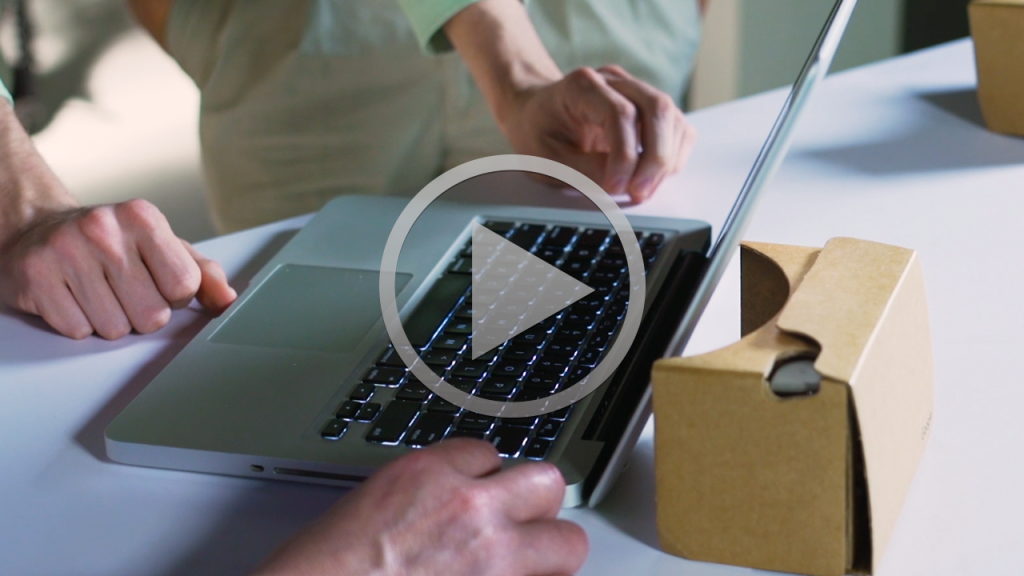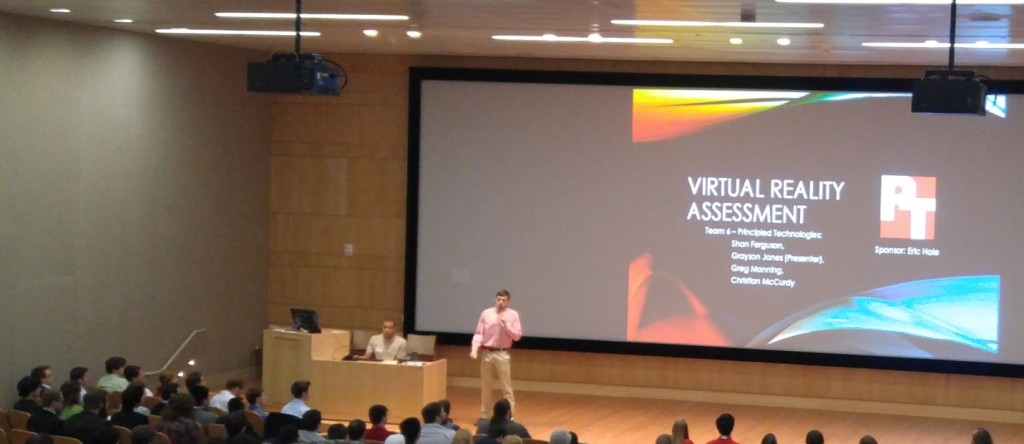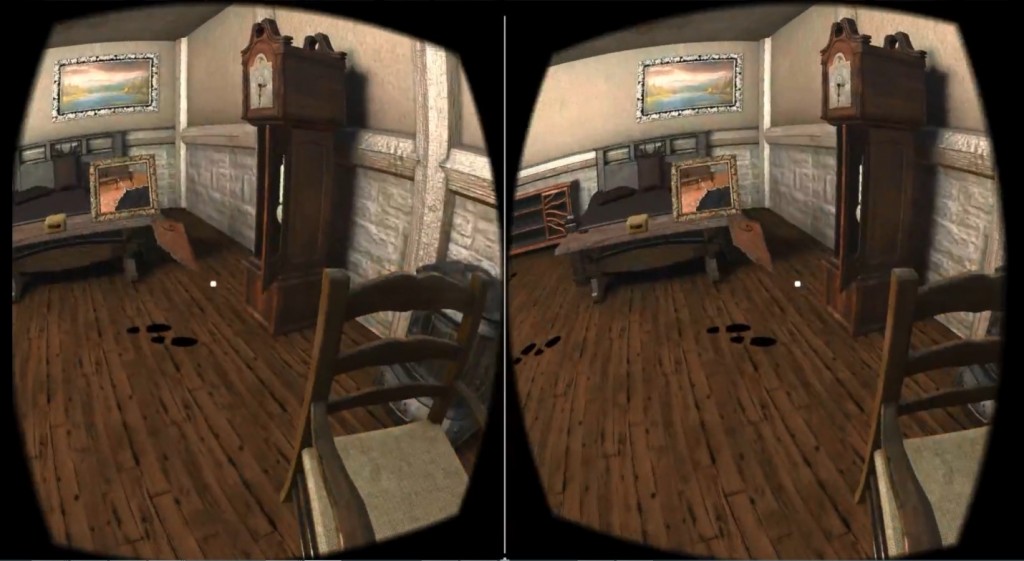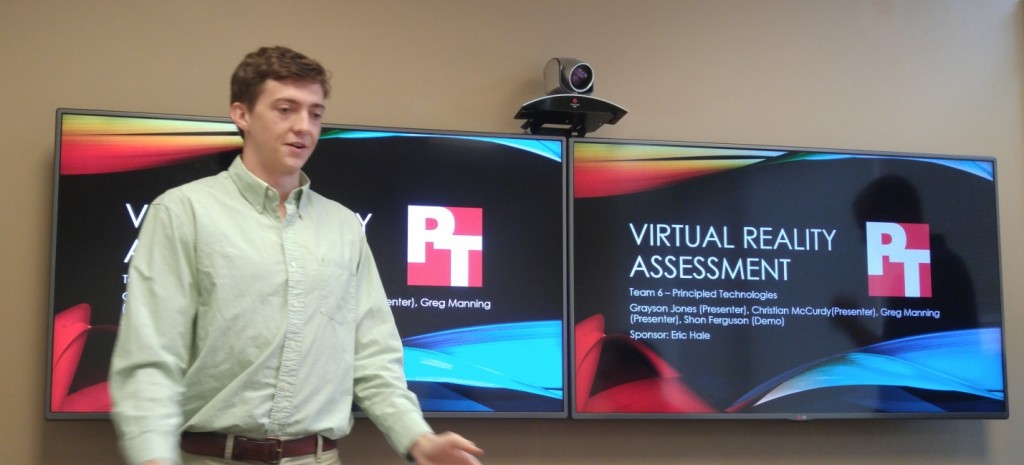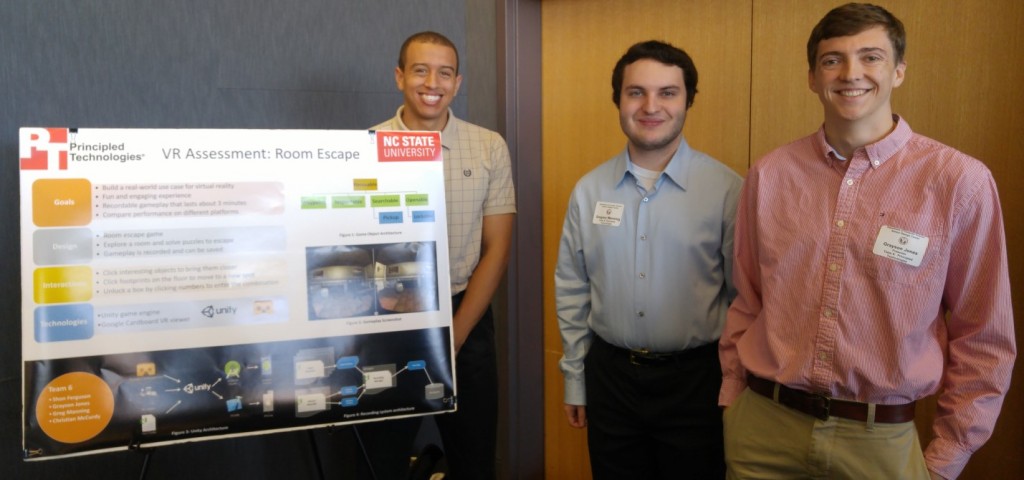In December, we wrote about our recent collaboration with students from North Carolina State University’s Department of Computer Science. We challenged the students to create a software console that includes an intuitive user interface, computes a performance metric, and uploads results to our database. The specific objective was to make it easy for testers to configure and run an implementation of the TensorFlow framework. In general, we hoped that the end product would model some of the same basic functions we plan to implement with AIXPRT, our machine-learning performance evaluation tool, currently under development.
The students did an outstanding job, and we hope to incorporate some of their work into AIXPRT in the future. We’ve been calling the overall project “Engaging AI” because it produced a functional tool that can help users interact with TensorFlow, and it was the first time that the students had an opportunity to work with AI tools. You can read more details on the Engaging AI page. We also have a new video that describes the project, including the new skillsets our students acquired to achieve success.
Finally, interested BenchmarkXPRT Development Community members can access to the project’s source code and additional documentation on our XPRT Experiments page. We hope you’ll check it out!
Justin



